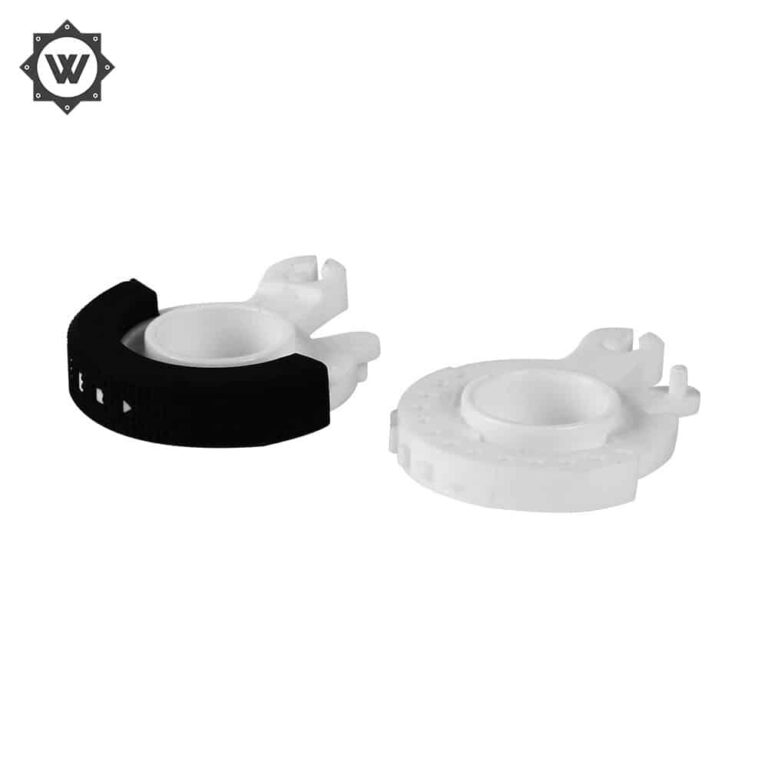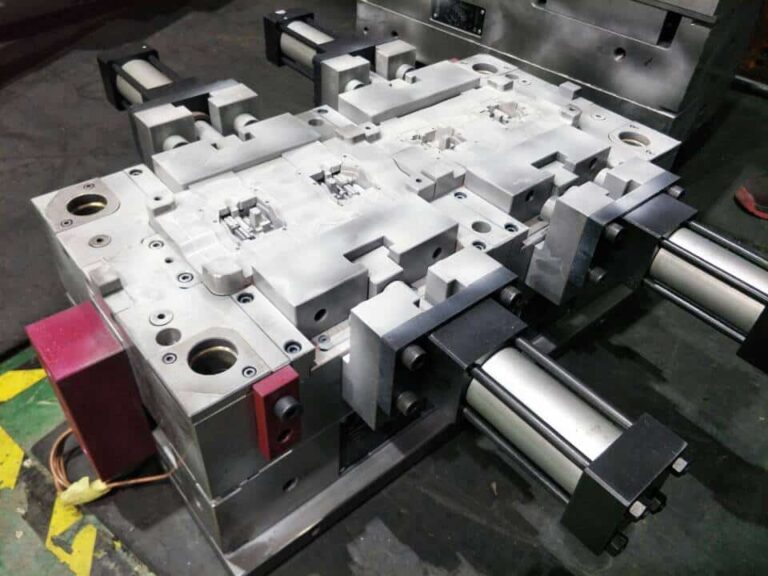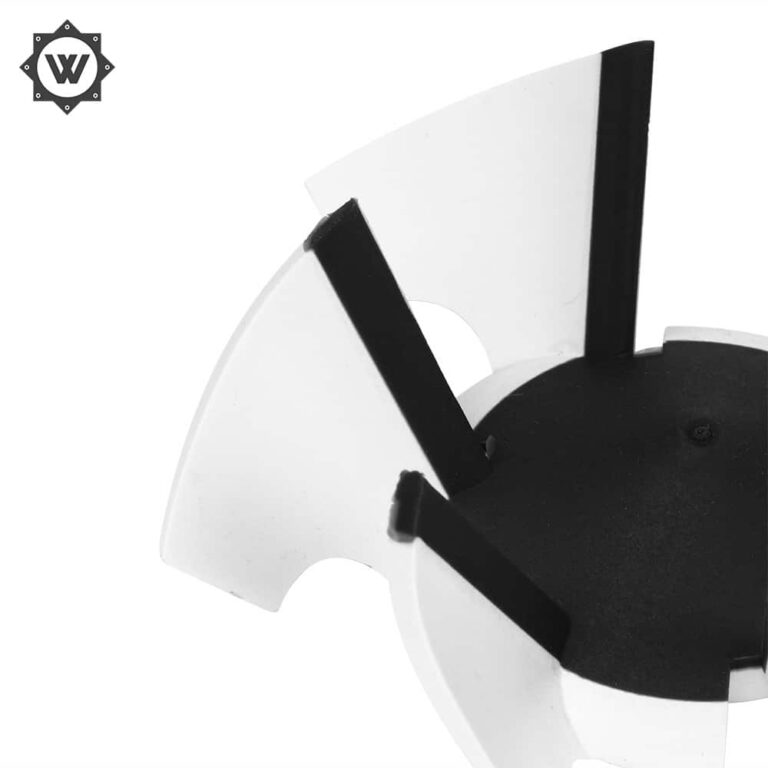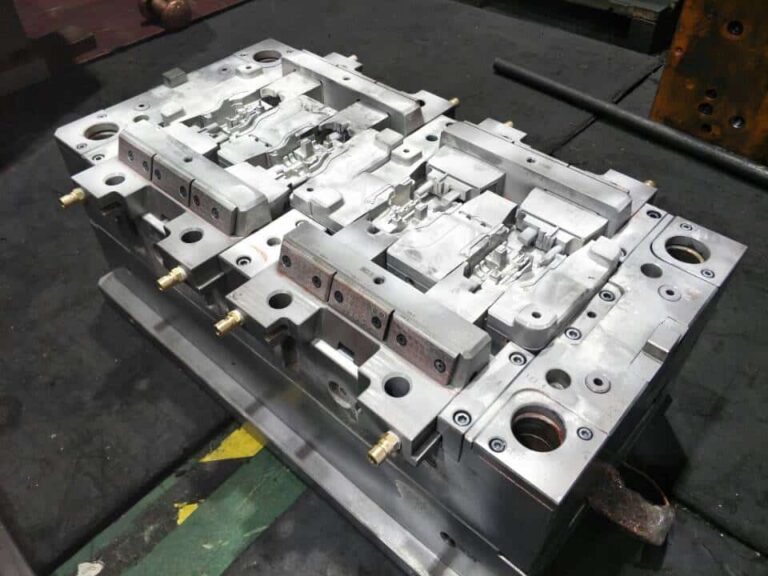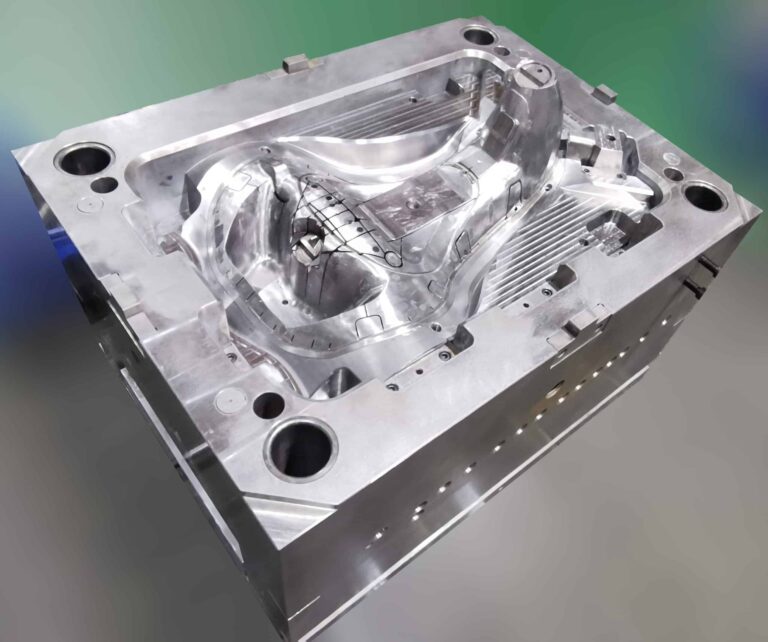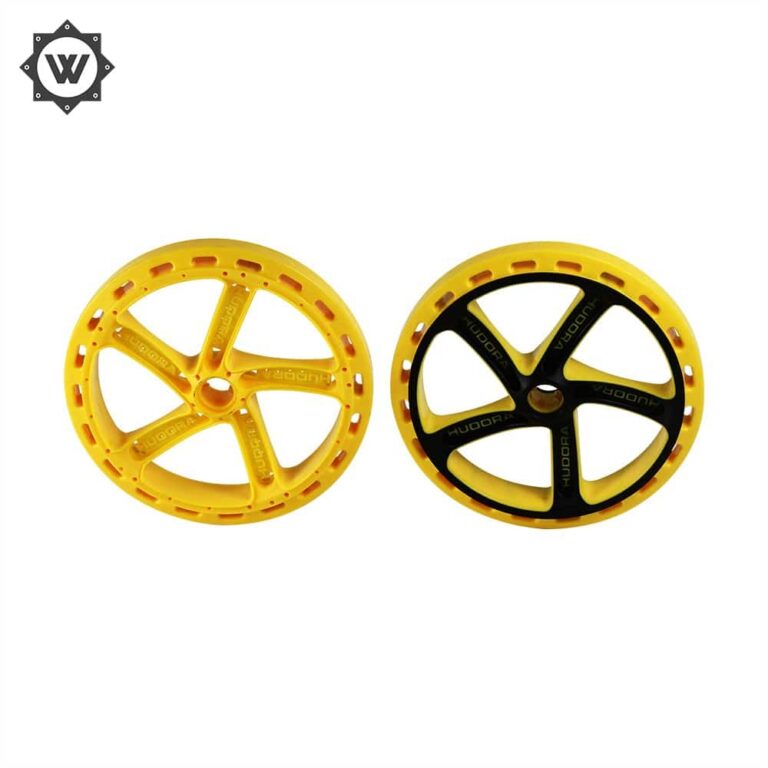What are injection molding, stamping, cold punching and deep drawing molds
I. Injection Mold
Injection molding is a special kind of plastic parts, it is a process of injection molding various polymer materials (such as ABS, PP, PVC, PS and PMMA, etc.) through the injection molding process, and then cooling off the mold and get the product. Injection molding has the advantages of high production efficiency and can reduce the use of raw materials; injection molding has a short production cycle, saving energy and improving production efficiency; injection molding has high processing accuracy, good product quality, easy to produce, etc.; it can also be used for plastic products molding. The injection mold is generally composed of three parts: cavity, mold and injection parts. The common injection mold is composed of two parts: parting surface and gate.
Second, stamping mold
Stamping die: using the punch mechanism on the punching machine to punch the sheet into a certain shape and size is called stamping die, such as stamping machine tool, punching machine, etc.. Stamping is the use of plastic deformation of metal materials to obtain the workpiece, so also known as plastic processing or forming. The basic principle of stamping and forming is to use a press to apply pressure to a sheet of material to produce plastic deformation and obtain a part of the required shape and size. Commonly used stamping dies include flat die, gravure die and cam type die, among which gravure die is divided into two kinds of flat concave die and cam axis die. Cam forming die can use cam mechanism and eccentric device to realize movement, such as cam cam die holder, eccentric wheel, slider, etc.
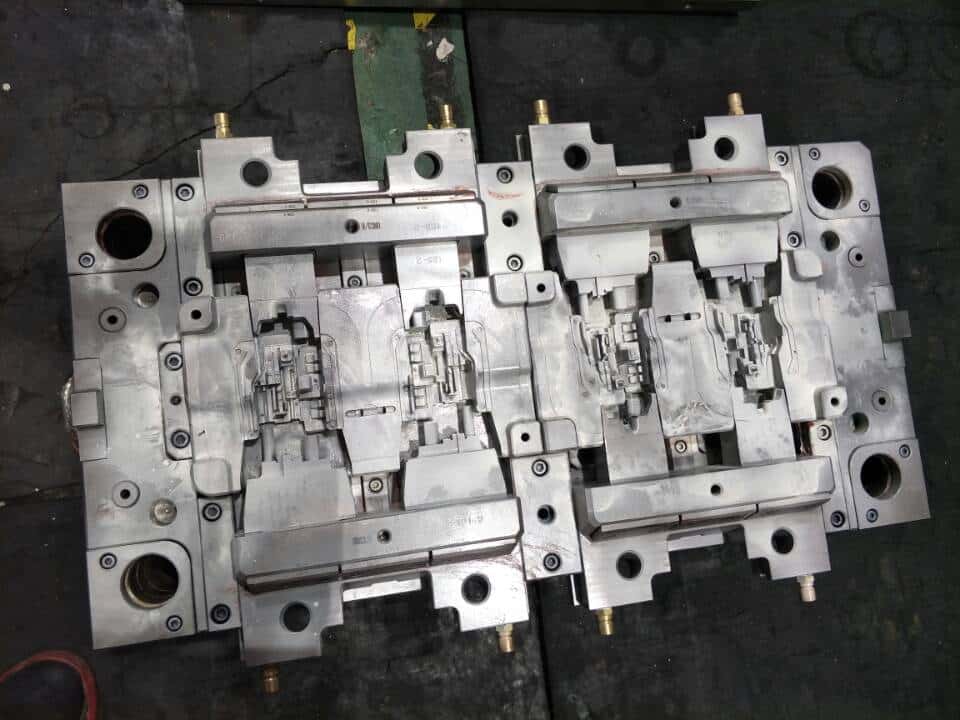
Cold punching die
Cold punching die is a kind of die formed by cold deformation method, which is composed of die frame, punch, guide device and top bar.
1、Die frame: mainly consists of top bar and cross beam, top bar is straight type, cross beam is straight type.
2、The advantages of cold punching die.
①Can use cold deformation method to form many kinds of complex shapes, such as hyperbolic parabolic parts, etc;
②High production efficiency;
③The forming of thin-walled parts can be realized;
④No heating treatment is needed, so it can save material and processing cost.
3、Disadvantages of cold punching die.
①Complex die structure;
② easy to produce pinched parts;
③ processing difficulty, especially for large parts processing difficulties.
4. The main parameters of cold punching die are as follows: number of punches: 4-8 (usually 8-10); punch stroke: 20-40 mm, punch width: 30-80 mm, cold deformation temperature: 60-70℃, compressive stress factor: 0.8-1.5 (usually 0.8).
Four, deep-drawing die compression die
Deep drawing die is also called deep drawing die, its principle is to set a cam mechanism on the deep drawing forming die, the cam is linked with the stamping die, when the roll surface of the deep drawing roller coincides with the mold type surface, it can make the product enter the deep drawing part of the stamping part for stamping under the joint action of the deep drawing roller and the stamping die. Deep drawing die is a combination of pressure and punch to complete the deep drawing deformation of the parts;
The main feature is that multiple stamping processes are set up in the concave die area, the middle convex die area, the cam area and the die base. Deep-drawing die can deep-draw a variety of materials, including plastics, metals, composite materials, etc.; it is widely used in the production of various home appliances, as well as computer peripherals, auto parts and other products. With the development of deep drawing die technology, its production efficiency has also been further improved.

